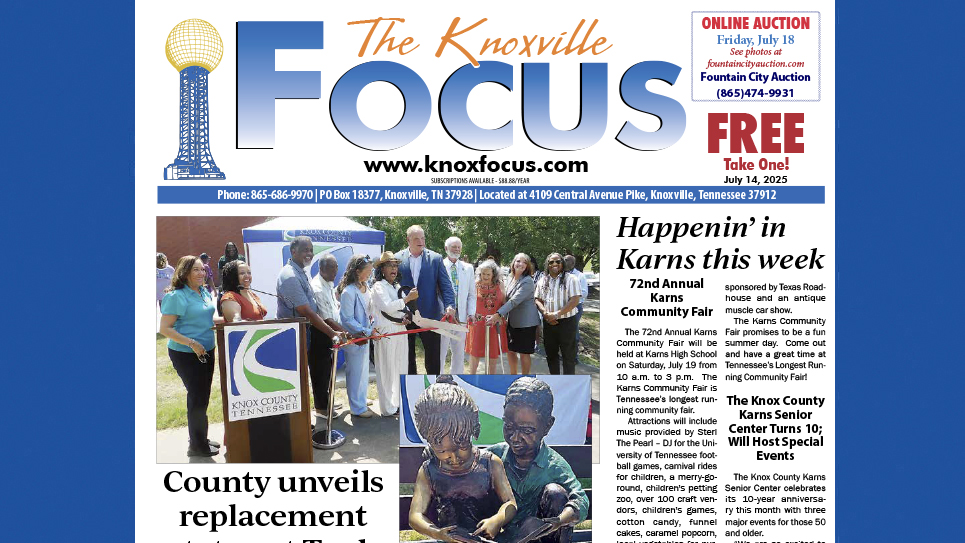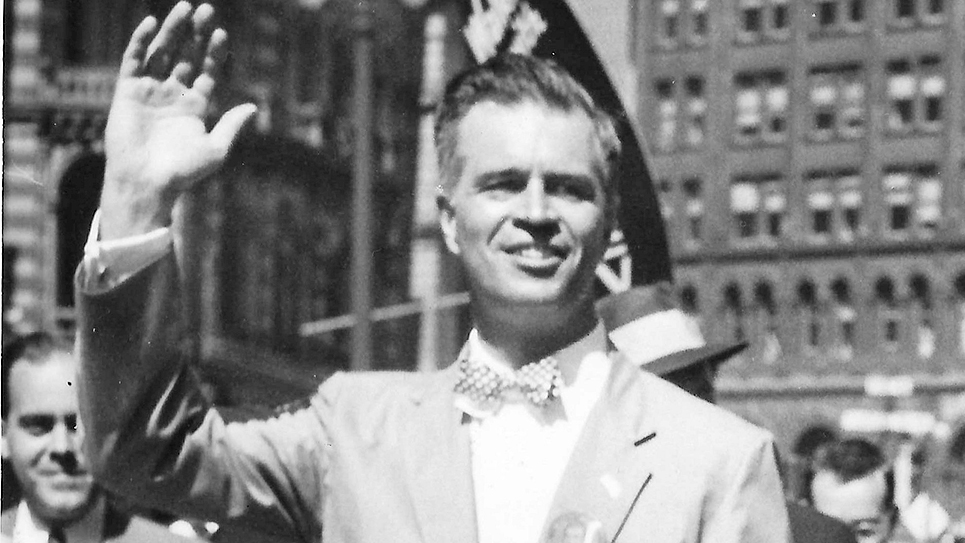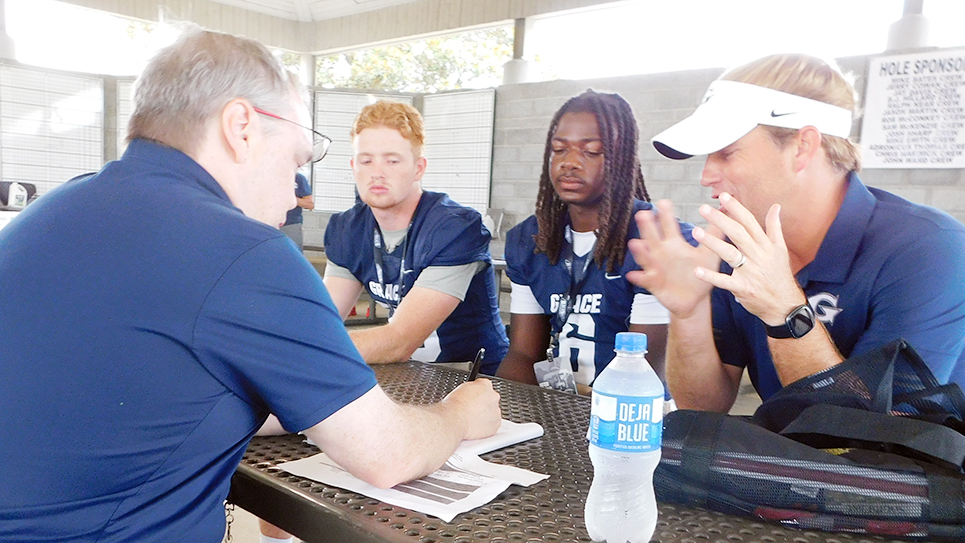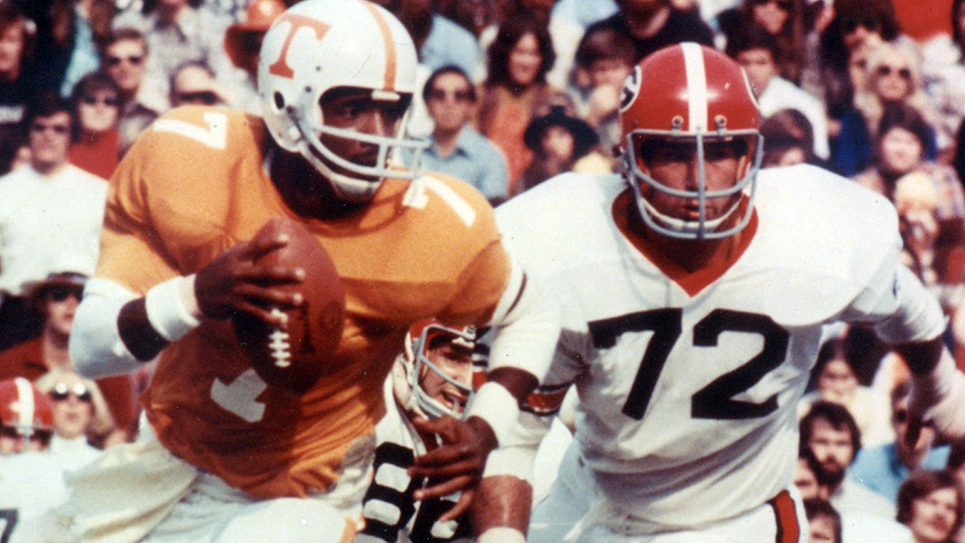By Dr. Jim Ferguson
What was I thinking!? One of the things I love about Knoxville is that we have four seasons. I even like winter snow through the Holidays and perhaps January, but by February, I’m over it. So, I talked Becky and our friends, John and the Lady Di, into a winter cruise in the Southern Hemisphere, where February is their summertime. Perhaps, I was a bit disingenuous in my pitch. I did not remind them that if you go south far enough you arrive in Antarctica!
In last week’s essay, I described how our group began retracing Ferdinand Magellan’s epic voyage to find a short cut across South America to the riches of the Spice Islands. He finally found the shortcut that bears his name, but it was at the tip of South America rather than near the equator as he had hoped. We cruised the same passage which connects the Atlantic and Pacific Oceans, and the majestic fjords of the Beagle Channel, named for the ship which carried Darwin to the Galápagos Islands. It’s hard to describe the beauty of the surrounding, rugged, snowcapped Patagonian mountains, scalloped by glaciers which extend to the channel’s edge. So, I’ve added a picture to my inadequate prose.
When I talked Becky and our friends into a “southern” cruise, I emphasized the trip was of an adventure rather than lolling on a Caribbean beach. Fortunately, as we rounded Cape Horn, at latitude fifty-five degrees south and only 400 miles from Antarctica, they embraced our adventure to the “Deep South.”
Weather in this part of the world is capricious and even in their late summer we experienced 39°F temperatures and sleet in the Tierra de Fuego National Park, at Fin del Mundo (the end of the world) of Ushuaia, Argentina. A local axiom advises, “Don’t let the weather ruin your day.” And we didn’t, seeing the sights and then warming up with a pint of local Beagle Ale with our friends. Amazingly, John’s ESPN app allowed us watch the Tennessee-LSU basketball game from the bottom of the world! Even the loss didn’t dampen our spirits…too much.
Cruise ships don’t always tie up at a port’s quay. Like Magellan, we sometimes used ship tenders (life boats) to ferry us ashore when the port was too shallow for a large vessel. Unfortunately, as we rounded Cape Horn the stormy Southern Ocean aborted our landing at the Falkland Islands because the sea was too rough for the tenders. As the philosopher Forrest Gump once said, “Stuff happens.”
Some years ago, a Mediterranean storm caused my cruise ship to be diverted from Sicily to Tunisia in North Africa. I was disappointed, but on landing in North Africa, I was able to use my pidgin French to rent a cab and visit the ruins of ancient Carthage where Hannibal once stood in the 2nd century BC! When you travel you have to be flexible and sometimes make lemonade from lemons.
No one wants to get sick, and this is especially true when traveling. One of my Fergisms holds, “It’s bad to be sick, but it’s worse to be sick far from home.” Because cruise ships are large and carry numerous guests, viral gastroenteritis is a significant risk in confined populations. These days, hand disinfectant dispensers are now as common a feature on cruise ships as they are in hospitals.
People going on a cruise often ask me about sea sickness and available remedies. Interestingly, Magellan’s crew experienced seasickness early in their voyage. Magellan’s small caravel must have bobbed like a cork on the vast ocean’s stormy waves. Our cruise ship is massive by comparison and is equipped with lateral stabilizers to minimize the rocking motion that makes some people sick.
Shifting fluid in the semicircular canals of your ears allows you to perceive movement and orientation. Excessive fluid or irritation of the semicircular canals produces vertigo. Surprisingly, vertigo is often associated with stones in the semicircular canals, analogous to stones in the kidneys. A bobbing ship also produces shifts in ear fluid and can cause vertigo and nausea known as seasickness. As a boy, I remember my father taking me deep-sea fishing on rough seas. He averred I was the greenest teenager he had ever seen. One helpful trick I’ve learned is to keep your eyes focused on the stable distant horizon rather than the shifting deck and rolling waves.
Stormy twenty foot seas made Becky sick the second day out, but she responded to a seasickness remedy called Dramamine and finally got her “sea legs.” In rough weather, cruise ships use their stabilizers and pass out Dramamine like candy, because if their guests become sick they may not cruise again. It’s bad for business. A preventive medication is a scopolamine patch which is well tolerated, but is usually not necessary.
We saw dolphins swimming beside the ship while walking on the promenade deck this morning. We’ve also seen seals and sea lions, and even sighted whales, probably feeding on krill and shrimp in the cold waters of the Pacific and Southern Oceans. And our next port will take us to a penguin rookery.
We’re heading north now and toward home. Only a half dozen times in my life have I been away from home for two weeks. My mother is a travel sage, and taught me travel brings moments of homesickness, but the benefits still outweigh the longing.
We flew 5000 miles to begin our 4000 mile circumnavigation of South America’s tip. We’ve been awed by the Creator’s wild beauty of Patagonia and the vast Argentinian Pampas. We’ve experienced the passion of the tango and the energy of flamenco’s castanets and zapateado. We’ve enjoyed more elegant dining in two weeks than Becky and I ordinarily do in two years. And we’ve shared the experience with friends while enjoying more than a few bottles of Malbec!
It’s been a great trip, but I will be ready to see “the cute ones” and home. They say home is where the heart is. I am blessed to be traveling with the best aspect of home, my love, Becky, and our dear friends. But, as Dorothy taught us, “There’s no place like home!”






